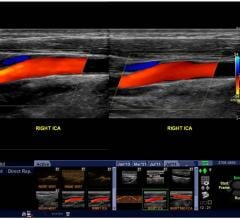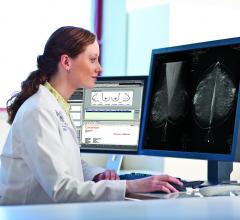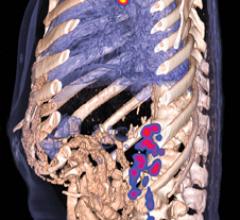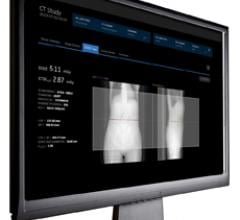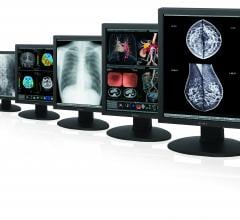December 13, 2013 — Philips Healthcare introduced the IQon Spectral computed tomography (CT) system at RSNA 2013. It is the world’s first spectral-detector CT system built from the ground up for spectral imaging. It uses color to identify the composition of an image without involving time-consuming protocols.
In the same way that white light is made up of a spectrum of colors, the X-ray beam photons used in CT scanners also consist of a spectrum of X-ray energies. With the development of a fundamentally new spectral detector that can discriminate between X-ray photons of multiple high and low energies simultaneously, Philips’ IQon Spectral CT adds a new dimension to CT imaging, delivering not only anatomical information but also the ability to characterize structures based on their material makeup within a single scan.
Using a type of spectral analysis, the system can separate out materials made up of specific atomic numbers off the periodic chart of elements. The system so far has been tested for iodine and calcium. This can be used to help differentiate between areas of high blood contrast uptake and calcified areas, which can be useful in diagnosing kidney stones and better delineating various types of atherosclerotic plaque in arteries. Elements can be assigned specific color codes to make them standout on scans, even if the surrounding tissue has similar Hounsfield unit numbers.
After a spectral CT examination, clinicians can interpret the conventional grey-scale anatomical images, and if necessary, access the spectral information that was acquired during the same scan. The IQon Spectral CT system’s retrospective on-demand data analysis is made possible via Philips’ iPatient platform, allowing clinicians to easily experience the benefits of spectral CT routinely within traditional radiology workflows.
Due to its accessibility, speed and accuracy, CT imaging is widely used in the diagnosis of many different diseases and injuries, totaling approximately 450 million imaging procedures globally per year. Philips has consistently driven innovation in CT, most recently with the introduction of its proprietary Iterative Model Reconstruction (IMR) technology to simultaneously reduce CT radiation dose4 and enhance image quality for a broad range of applications.
The IQon Spectral CT is pending 510(k) and is not available for sale in the United States. A system with the NanoPanel Prism detector is available for sale in the United States. for conventional scanning.
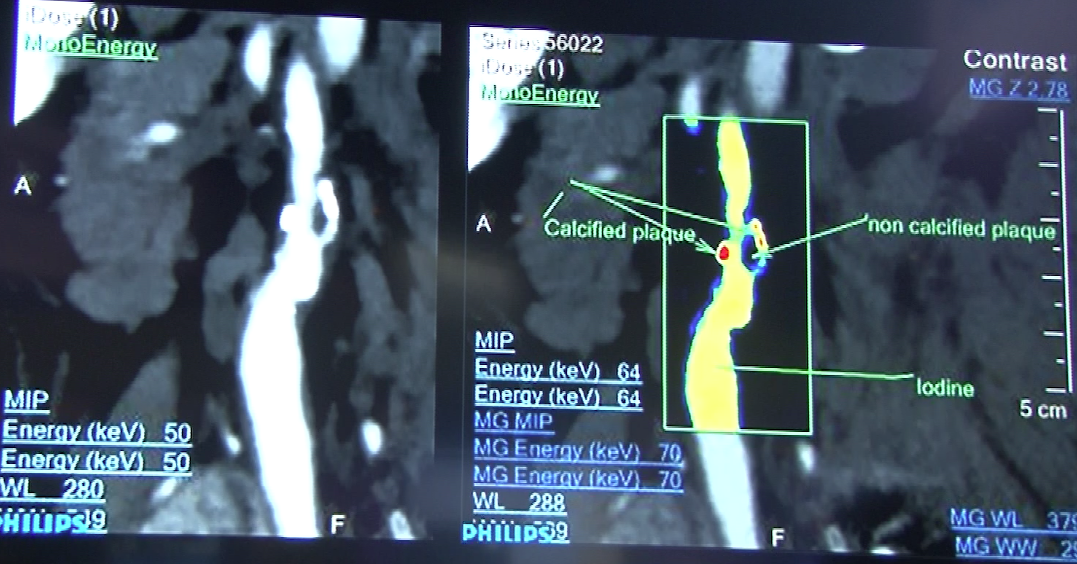

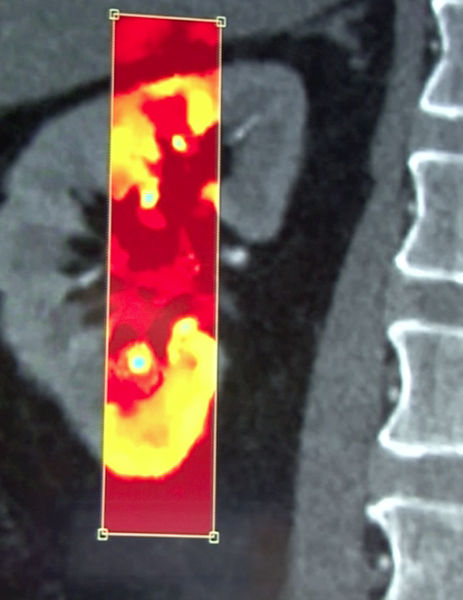
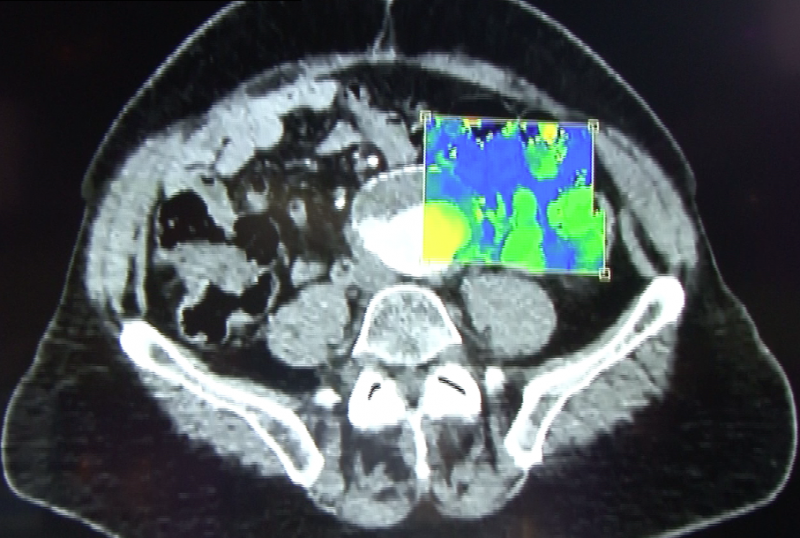
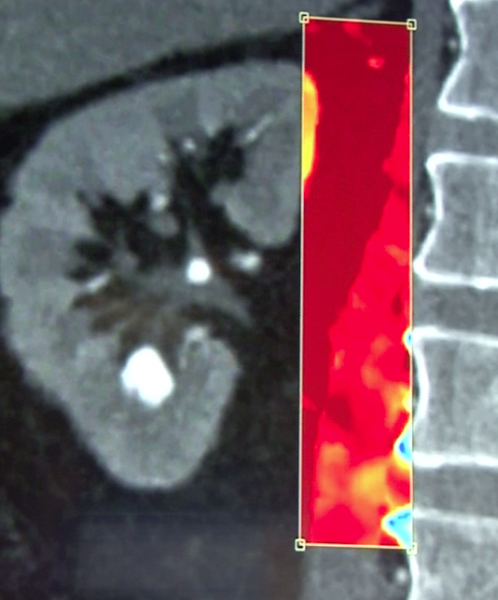
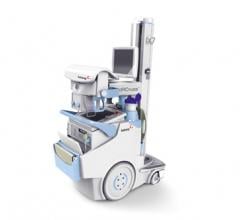
 October 17, 2014
October 17, 2014 
